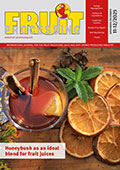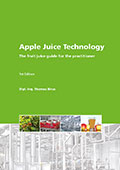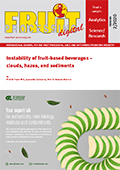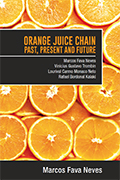Florida citrus forecast July 2018, all orange unchanged from June
The 2017-2018 Florida all orange forecast released today by the USDA Agricultural Statistics Board is unchanged this month at 45.0 million boxes. The total is comprised of 19.0 million boxes of non-Valencia oranges (early, midseason, and Navel varieties) and 26.0 million boxes of Valencia oranges.
>> read more








